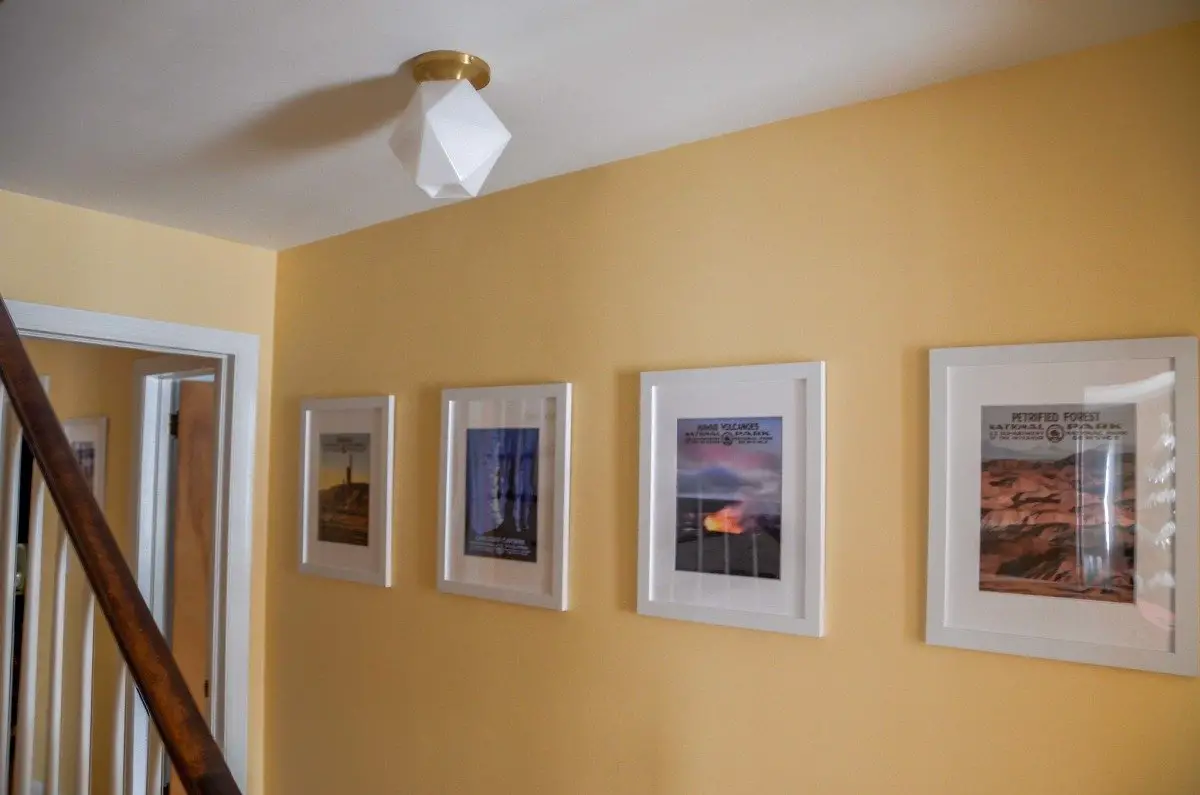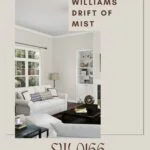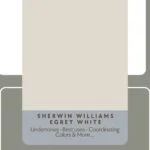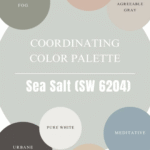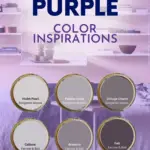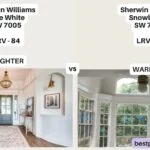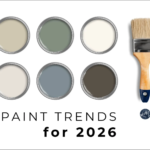Introduction
In the world of interior design, the selection of paint is a task that combines artistry and science. Beyond choosing the perfect hue to transform a space, one must also consider the sheen, a factor that dynamically influences the atmosphere within. Among the myriad choices available, eggshell paint stands out for its versatility — a favored choice for those in pursuit of elegance without excess.
Overview of the importance of choosing both color and paint sheen
When choosing paint, color often captures the limelight; however, sheen unduly influences the end result. The sheen of the paint impacts both the aesthetic appeal and practical application, affecting everything from light reflection to surface resilience. Understanding this dual importance ensures that the selected hue is given the justice it deserves, providing an enduring finish that resonates well with the overall home decor.
Why eggshell paint is a popular and versatile choice for interiors
Eggshell paint occupies a lauded position among interiors enthusiasts and professional decorators alike. Its popularity stems from a unique ability to bridge the gap between flat and glossy finishes, offering a subtly sophisticated look. Renowned for its flexibility, eggshell paint complements a wide array of interior designs, providing both aesthetic allure and durability.
What is Eggshell Paint?
Definition of eggshell paint and its place in the paint sheen hierarchy
Eggshell paint, aptly named for its resemblance to the low sheen of a chicken’s egg, offers a middle ground in the paint sheen hierarchy. Falling between matte and satin finishes, it delivers a muted shine that is neither too flat nor excessively glossy. This balance is particularly noted for its ability to enrich colors without the pronounced reflection associated with higher sheen finishes.
Comparison of sheen levels: glossy, semi-gloss, satin, eggshell, matte, and flat
The paint sheen spectrum ranges widely, catering to diverse demands. Glossy sheens exude brilliance, heightening the color’s intensity with mirror-like reflections, while semi-gloss provides a slight tempering of shine with still-prominent reflectivity. Satin finishes carve out a niche with their smooth lustre. Eggshell sheens, though, hold significant appeal for their gentle glow. Matte and flat finishes, conversely, focus on color depth with minimal reflectivity, suitable for hiding minor wall imperfections.

Pro Grade Paint Roller Kit, Brush & Roller for Professionals & Homeowners
Perfect for smooth finishes on your interior walls. Ideal for home improvement enthusiasts!
Buy Now on AmazonBenefits of Eggshell Paint
Subtle Shine: Provides a soft luster without overwhelming the room
Eggshell paint’s hallmark is its gentle, understated luster. This soft shine works brilliantly to enhance a room’s ambiance without overwhelming other design elements. It offers just enough gloss to add warmth, making spaces feel cozy and inviting while retaining a sophisticated air that can elevate any room.
Color Emphasis: Enhances wall color without high reflectivity
The delicate sheen of eggshell paint serves to emphasize wall color and texture without the high reflectivity that can sometimes detract from a space. This characteristic makes it ideal for bringing out the richness and depth of chosen hues, allowing the true essence of the color to emerge in an organic manner.
Easy Cleanability: Modern eggshell paints are durable and washable
Gone are the days when paint durability meant sacrificing aesthetics. Modern formulations of eggshell paint offer commendable durability alongside aesthetic appeal, allowing for easy cleaning without damage to the finish. Thus, walls maintain their elegant sheen year after year, even in the most high-traffic of areas.
Eggshell Paint for Different Interior Spaces
Walls: Ideal for high-traffic areas like living rooms, bedrooms, hallways, and kitchens
The versatility of eggshell paint shines when applied to walls, especially within high-traffic zones. In living rooms, bedrooms, hallways, and kitchens, where activity is constant, the paint’s resilience and easy-clean nature represent a practical yet stylish choice. Its subtle finish accentuates the room’s details while remaining robust against the wear and tear of everyday life.
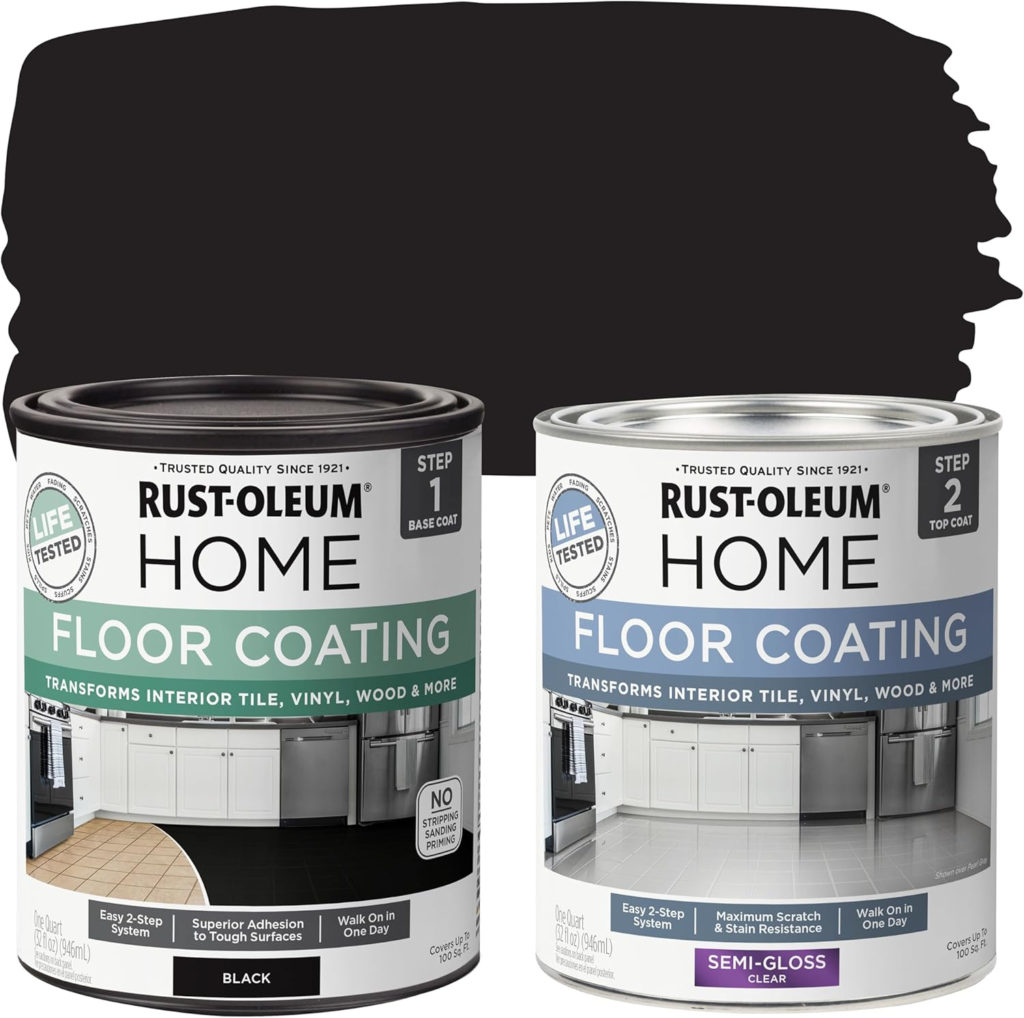
Rust-Oleum 367605 Home Interior Floor Coating Kit, Semi-Gloss Black
Ideal for updating outdated flooring at a fraction of the cost of replacement and adheres without stripping, sanding or priming.
Buy Now on AmazonCeilings: Works well when used for a uniform wall-to-ceiling color scheme
While traditionally ignored in many design schemes, the ceiling presents an opportunity for uniformity and flair. Eggshell paint is an excellent choice for ceilings, especially in spaces where a harmonious color continuity is desired. Its gentle sheen helps to subtly reflect light within a space, adding to the illusion of height and openness.
Furniture: Suitable for furniture refinishing projects with a polyurethane topcoat
The innovation extends beyond walls. When tackling furniture refinishing projects, eggshell paint serves as a dependable base. When applied with a protective polyurethane topcoat, it imbues furniture with a refined appearance and enhanced durability. This makes it a favored choice for DIY enthusiasts aiming to rejuvenate furniture with a contemporary yet timeless charm.
When Not to Use Eggshell Paint
Doors and Trim: Satin or semi-gloss finishes are better suited for durability
Eggshell paint’s charm may not be ideally suited for every surface. When it comes to doors and trim, options like satin or semi-gloss are advised. These more resilient finishes withstand the frequent handling and contact these areas endure, offering added protection and a lustrous finish that eggshell may lack in these contexts.
High-Moisture Areas: Glossier paints may resist moisture better in kitchens and bathrooms
Moisture-prone areas, such as kitchens and bathrooms, often necessitate a finish that repels humidity effectively. Here, glossier paints outshine eggshell due to their superior moisture resistance. They provide added protection against mildew and staining, preserving both the finish and the underlying structure.
Highly Textured Walls: Matte or flat finishes may be better for hiding wall imperfections
In cases where walls possess considerable texture or imperfections, matte or flat finishes can offer better solutions. The minimal reflectivity of these finishes helps conceal inconsistencies and blemishes that may become accentuated under the gentle sheen of eggshell paint.
Common Questions About Eggshell Paint
Differences between eggshell, satin, and flat sheens
Navigating the differences between paint sheens may seem daunting. Eggshell lands comfortably between satin and flat in terms of gloss and reflectivity. Unlike satin’s noticeable sheen and the lack thereof in flat modes, eggshell hews a pleasant middle path — emitting enough shine to exude sophistication while retaining subtlety.
Eggshell paint’s cost-effectiveness and durability
Painting a room can be a financial commitment, and eggshell represents a balanced choice between cost and longevity. Though not the cheapest option, its hardy resilience and enduring aesthetics ensure value over time. Its ability to withstand marks and spills, combined with easy cleaning, makes it a particularly durable option for budget-conscious decorators.
Maintenance tips: cleaning, primer usage, and sheen-related considerations
Maintaining eggshell paint’s elegance requires mindful care. Regular cleaning with a damp cloth prevents the buildup of dirt and grime. Using an appropriate primer can enhance adhesion, especially on new or untreated surfaces. Knowing these maintenance nuances ensures the paint retains its appealing sheen and longevity.
Conclusion
Eggshell paint remains a formidable contender in interior design, offering a classic, visually appealing choice that deftly marries functionality with style. Its subtle sheen makes it a preferred option for a range of settings, providing resilience without sacrificing aesthetic charm. As you embark on your decor journey, consider the myriad of options that balance your personal taste with the practical demands of each room, and you’ll find eggshell paint often fits the bill perfectly.

